THE DIAPHRAGM The diaphragm is the primary muscle of breathing and it creates a physical barrier that separates the thorax from the abdomen.
Function:
During quiet inspiration, the upward dome shape of the diaphragm changes very little.
When taking a large breath, the diaphragm contracts and pushes downwards 7-8 cm, while the rib cage expands outwards. The atmospheric pressure in the lungs decreases, so to fill what is a larger space with less pressure, air enters into the lungs. On the other hand, during expiration, the diaphragm relaxes and pushes up. The alveolar pressure is greater than the atmospheric pressure, so, the air moves up the windpipe and comes out the nose or mouth.
Disorders:
Excluding neurological or traumatic causes of diaphragm disease, diaphragm dysfunction can be seen in patients affected by dyspnoea, history of respiratory illnesses, back pain, gastrointestinal disorders, cardiovascular diseases, scoliosis or spine deformity, stress, anxiety and emotional disorders.
OUR PRACTICE GOALS: Many researchers have verified the effectiveness of manual therapy, including osteopathic manual treatment, to improve the diaphragm functionality.
At City Osteopaths Healthcare our aim is to get you as well as possible, as soon as possible, in the kindest way possible.
Our practitioners combine Osteopathic Manual Treatment with an exercise program.
Diaphragm breathing exercise: repeat (5-10) x/each for (1-2) x/day.
Sit or lie down in a comfortable place and put one hand on the chest and one hand on the belly.
Relax the muscles in their neck and shoulders.
1) Breathe in slowly through the nose, keeping the mouth closed and filling the abdomen and then the chest.
2) Breathe out and relax, deflating the abdomen and then the chest.
We can help you to improve your breathing if you are finding you are short of breath, can't take a full breath, or tend to mouth breath or snore. Just book in online via our website link.
References:
Bordoni, B. (2020) ‘The Five Diaphragms in Osteopathic Manipulative Medicine: Myofascial Relationships’, Part 1. Cureus, 12(4).
Ricoy, J., Rodríguez-Núñez, N., Álvarez-Dobaño, J. M., Toubes, M. E., Riveiro, V., and Valdés, L. (2018) ‘Diaphragmatic dysfunction’, Pulmonology, pp. 1-13.
Ramsook, A. H., Molgat-Seon, Y., Schaeffer, M. R., Wilkie, S. S., Camp, P. G., Reid, W. D. and Guenette, J. A. (2017) ‘Effects of inspiratory muscle training on respiratory muscle electromyography and dyspnea during exercise in healthy men’, Journal of Applied Physiology, 122(5), pp. 1267-1275.
Zachovajeviene, B., Siupsinskas, L., Zachovajevas, P., Venclovas, Z., and Milonas, D. (2019) ‘Effect of diaphragm and abdominal muscle training on pelvic floor strength and endurance: results of a prospective randomized trial’, Scientific Reports, 9(1)
To find out more about the author Giulia, click here



